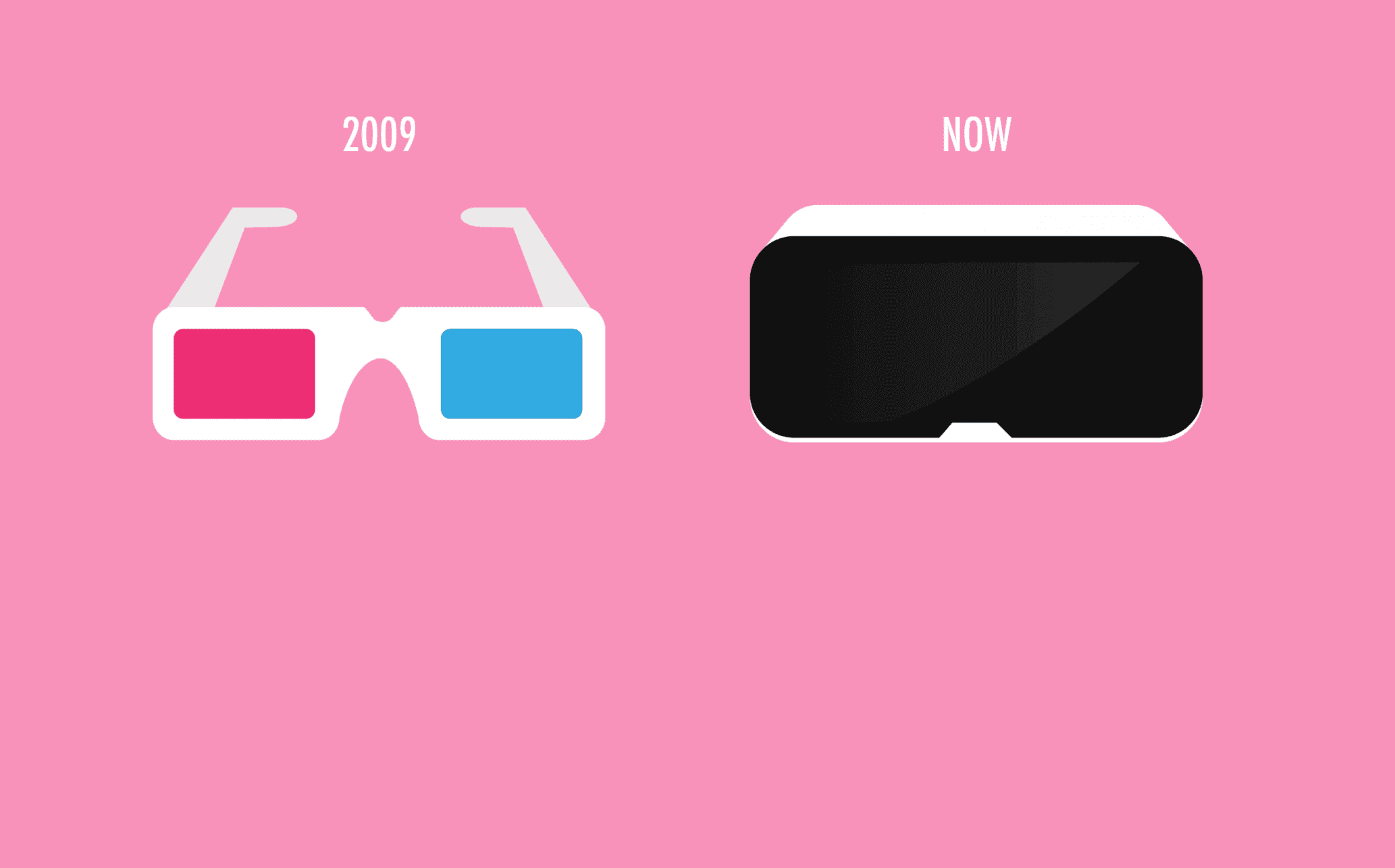Virtual Reality is finally making its way into the mainstream. The past year saw significant growth in VR, thanks to friendlier price points and tech advances that improve the overall experience. Market researcher SuperData predicts the trend will continue, with VR software revenue climbing from $407 million in 2016 to an estimated $14 billion by 2020.
But what are the marketing implications?
VR offers a whole new way to tell stories. And though some brands have already begun to explore the potential of VR marketing, there’s still a lot to figure out. Developing content is expensive, and there’s not yet a dominant hardware platform. On top of that, VR’s immersiveness is fundamentally different from interruptive nature of traditional advertising. Whereas TV and web advertising generally live apart from content, VR marketing, for all intents and purposes, is content.
Volvo’s Google Cardboard-powered XC90 Experience is a good example of how marketing and content overlap in VR. The downloadable smartphone app gives viewers the ability to take a “breathtaking mountain drive” in the XC90 SUV. In addition to beautiful scenery, viewers enjoy a first-person, 360-degree view of the car’s interior, from the moonroof to the floor mats. It’s like taking a test drive without having to make small talk with a car salesman.
Patron Tequila partnered with Oculus to create a visually stunning virtual tour of its distillery, which includes flyover views of the lush agave fields and landscapes that surround it. It’s worth noting that – unlike Volvo’s product-centric test drive app – Patron takes a more story-driven approach, using VR to convey the craftsmanship and care that goes into making its top-shelf tequila. It makes sense to lead with the story instead of the product, as virtual tequila shots aren’t yet possible. But in both cases, the use of VR is purposeful and serves the brand.
Perhaps no industry is better suited for VR applications than the architectural, engineering and construction industry. AEC firms and their clients and can now walk through spaces and structures before building begins, ensuring a uniform vision and saving time and money. As far as marketing benefits, VR gives AEC firms the opportunity to woo potential clients with immersive presentations and VR case studies.
We are still very much in the adoptive phase of VR. Its potential as a marketing and brand-building tool is only now beginning to be understood. And as technology gets better and costs go down, more and more brands will find creative ways to engage audiences. One thing’s for sure: delightful, immersive brand experiences in virtual worlds is on the way to becoming an everyday reality.

